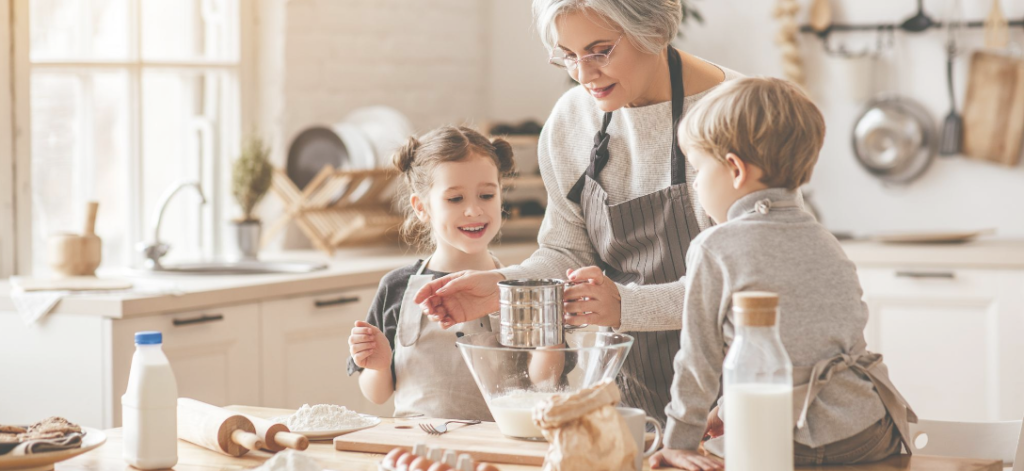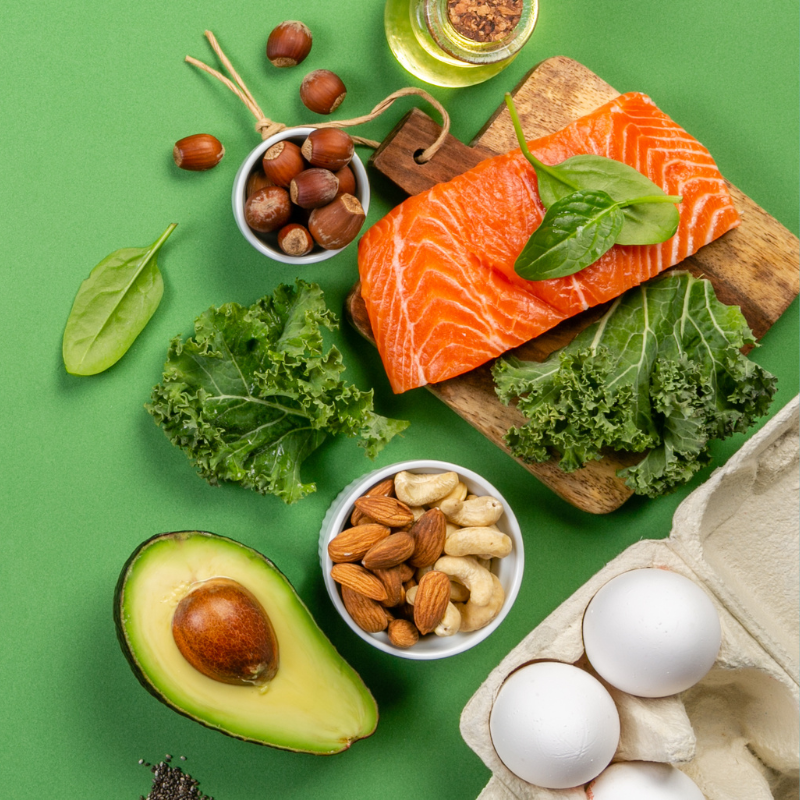
Published August 25, 2020 | When it comes to living with PKD, maintaining a high quality of life while balancing PKD pain can be challenging. Having a well-balanced diet, staying physically active, and keeping up-to-date on the latest research and recommendations is key. To better understand how PKD impacts patients on a daily basis, we went straight to members of our community. Here’s what they had to say.
Tell us a little bit about your journey with PKD.
Theresa: I found out I had PKD when I was a young child, between 8-12 years old. My mother found out she had PKD and had all of her children tested. All four of us tested positive for PKD.
Cheryl: I inherited PKD from my father’s side of the family. My father went on hemodialysis at age 55. I was diagnosed at age 25 when I was tested to determine if I could be a donor for him. That’s when I really learned about the disease and my diagnosis. My father died after five years of dialysis due to complications related to PKD. He struggled a great deal with pain, fatigue, and accepting his illness.
Diane: I was diagnoses in my mid-30s. My mother had PKD, so I knew it was genetically in my family. When I was pregnant with my first daughter, they confirmed I had it.
How did PKD pain affect your daily life prior to your transplant?
Diane: I didn’t really have many symptoms; I live a pretty typical life. I have a medical background and was proactive in making adjustments like eating less protein and watching my hypertension. I had a great doctor who managed me well and I took part in some research. I did fairly well until I reached about 60 and then my GFR started to decline. I knew a transplant was going to be my best option.
Cheryl: I was fortunate not to experience much discomfort or pain for much of my life. I was followed closely by a nephrologist and started taking blood pressure medication at age 40. I was able to work full time and live a pretty normal life. I tried to stay active, drink a lot of water, and eat well. I started experiencing more symptoms in my early 60s, eventually becoming too fatigued to work regularly. At age 63, my function declined enough that I was placed on the deceased donor list.
What sort of PKD pain did you experience?
Theresa: I haven’t experienced much pain due to PKD. However, I’ve had a couple of pains on my right side a few times recently. When I was younger, I did experience UTIs, bladder infections, and kidney infections.
Cheryl: I’ve experienced leg cramps for many years and still do today. They’re intermittent, painful, and often catch me off guard—sometimes forcing me to pull the car over when driving. Water, quinine, and cold packs help. They were especially bad when I was on dialysis prior to my transplant. I still have my native kidneys which sometimes make me feel bloated and uncomfortable, and I experience some lower back pain. I know as a Peer Mentor that the pain is quite bad for others with PKD.
Diane: Honestly, I never really experienced pain. I’d get some slight soreness, but I didn’t get some of the pain that others experience. I was very fortunate.
How is life post-transplant? What was the biggest change for you?
Cheryl: Clearly the biggest change in my life since transplant is being dialysis free. No one in my family was able to donate a kidney to me and the deceased donor waitlist for my blood type and region was quite long. It was a miracle when a church acquaintance stepped up and offered his kidney. It’s been three years now and I’m eternally grateful. There are still things to be concerned about. I’ve had medication changes and a few hospitalizations for transplant-related issues. And, of course, all PKD patients have to be extra concerned and cautious about the current pandemic.
Diane: I feel much better. I have a lot more energy and lost a little bit of weight. Now, I’m trying to bone up on exercise. My medication has some side effects, and I continue watching my sodium and stay hydrated. I think really the key is being your own self-advocate and doing as many things as you can to increase the longevity of your kidneys. Working with a nutritionist and dietician to see what I should cut out in my diet helped.
Is there anything else you’d like to share about your PKD journey?
Cheryl: Knowing you have PKD early can affect your decisions and attitudes in life. It can also give you time to learn about the disease and adjust your lifestyle accordingly. I’ve talked to many people who didn’t know anything about their diagnosis until later in life and that can feel like you’ve been dive-bombed. In either case, I feel it is important to keep informed, be your own advocate, and to find the best supports you can to help get you through it all. There are positive changes on the way.
Diane: With the surgery, while people think it will be horrific, I was out of the hospital in three days and the recovery for my husband was quick. I’d advocate for people talking about their disease because not everyone knows what PKD is. There comes a time in your life when you have to go on dialysis or get a transplant, and it’s best to talk about it in your world.
Theresa: It’s imperative to stay knowledgeable about changing research and new medications, and to stay hydrated to prolong our kidney life. Stay positive. There is hope! One day a cure will be available.
To provide the PKD community a high quality of life, the PKD Foundation is leading research to understand PKD’s daily impact on patients. One way our community can get involved is through participation in the ADPKD Registry. The Registry is the first nationwide database of patients with ADPKD. Collecting information in a standardized format tells us about the patient journey, unmet medical needs, patient preferences, and reveals more about the disease experience. To further PKD research, join the Registry today.
Already a part of the registry? Make sure you’ve completed our latest modules—they’re vital to the program.









Great interview! There’s nothing like talking to a fellow patient and includes some good tips on what to expect after a transplant. I’m still waiting for one after 3 years and 10 months on the list and on dialysis.
I hope your wait is not much longer. Is living donation an option for you? Many people say, “Oh I could never ask someone to do that” but I found you don’t have to ask, you just need to share your story. I never discussed my illness with others but when I finally did, I found that acquaintances and friends were genuinely concerned and interested. My prayers were answered when my donor found me.
was diagnosed with PKD in my first pregnancy, more than 15 years. i have had problem with proteins foods, I have been on medication for hypertension control. needs update on researchers made towards finding medication.
Great interviews collected. Unfortunately I’m one of the seemingly few that gets a lot of pain. One kidney has been removed but the remaining one is so intensely painful that I’m at the last resort of talking with my doctors about having it removed. A terrifying option. I’m so fortunate to have a willing donour to whom I will be ever grateful.
I truly hope people get the genetic testing done and steps taken before passing this disease on, that more investigation is done on the pain issue and that we one day see an end to PKD
Stage 3b. Pain most days round ribs and flank areas. Cannot sleep for pain at times lying down is so uncomfortable. Manage it with pain killers . Some days it’s awful .